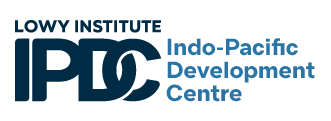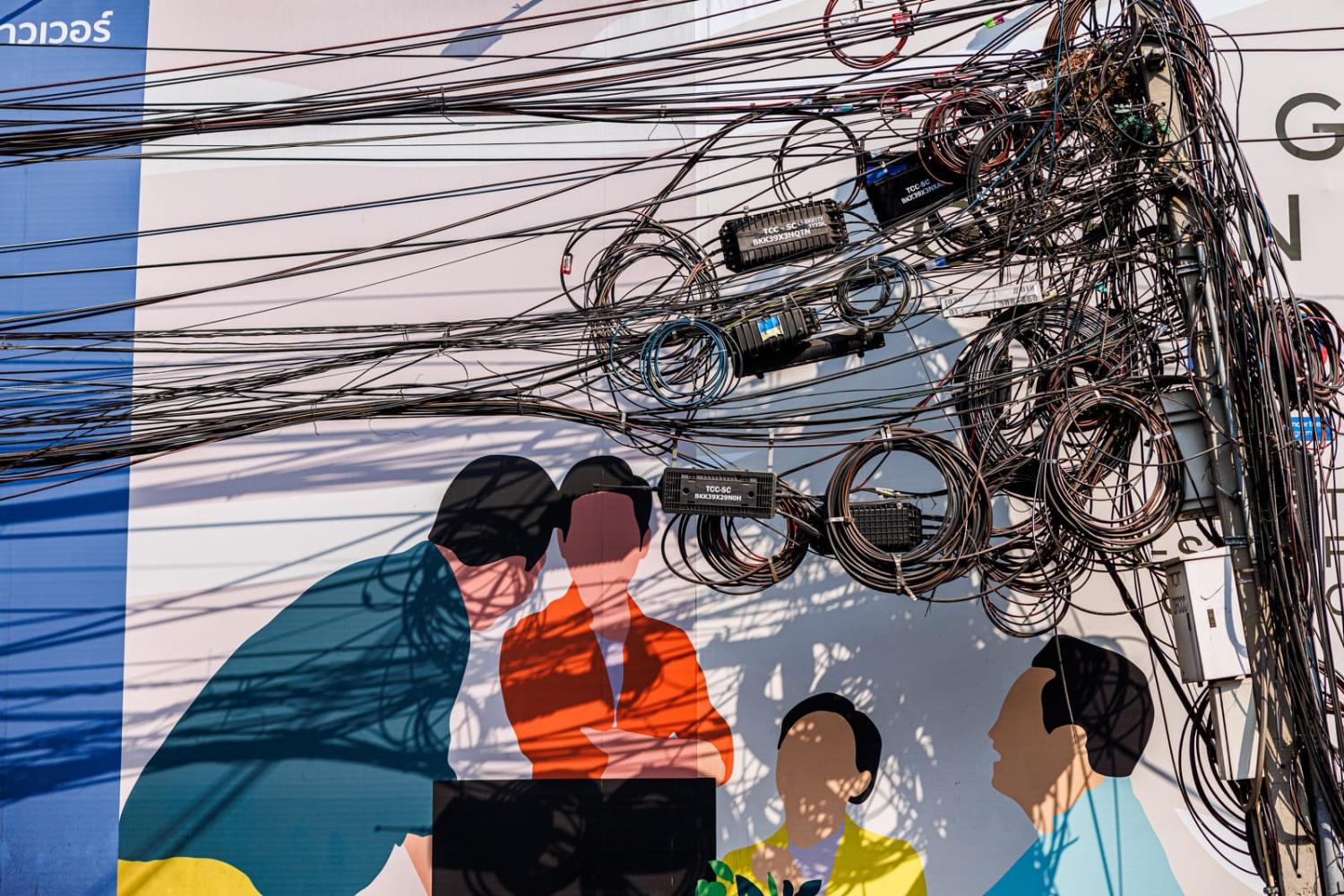Australia is looking to lift its engagement with Southeast Asia. Australia’s Special Envoy to ASEAN, Nicholas Moore, last year set out a new economic strategy to deliver on that ambition. One critical recommendation, which so far has received little public attention, is to establish an Australian infrastructure financing facility supporting Southeast Asia’s green economy transition. This would use public funding to finance large scale climate-related projects in Southeast Asia, especially by helping leverage in greater private investment.
There is still much to be worked out, including the scale of financing that should be targeted. Answering this will require detailed consideration. Nonetheless, there is a strong prima facie case that Australia should be looking at something capable of delivering billions, not millions, in financing.
The strategic rationale is clear. The Paris Agreement will not succeed if the net zero transition in Southeast Asia fails. Yet the International Energy Agency has recently shown that ASEAN countries are well and truly off track. Renewable energy electricity growth in Southeast Asia is forecast to be 63.1GW over the next five years (see the comparison presented in the following chart). This is well below the estimated 229GW of new wind and solar required in the region to keep the net zero target underpinning the Paris Agreement alive. Sub-Saharan Africa for instance is projected to install more renewable energy, despite its average GDP per capita being three times lower than ASEAN.
It is in Australia’s interest to ensure Southeast Asia’s energy transition is smooth and predictable. Historical inaction on climate change means at least 1.1oC of global warming is locked in. Southeast Asia is already experiencing increased climate-related disasters, and increasing economic losses are forecast.
Moreover, ASEAN countries themselves see the net zero transition as offering important opportunities for economic growth – if they can successfully finance the clean energy investments and capture value within emerging green tech and critical mineral industries.
There are also strong economic security imperatives. The Belt and Road Initiative has made China the largest development partner in Southeast Asia. Meanwhile the reliance of multilateral development banks on Chinese contractors to deliver infrastructure projects has been contentious.
Diversifying clean energy manufacturing and critical minerals supply chains currently dominated by China is also vital. Indonesia and Vietnam are, for instance, expanding their emerging electric vehicle and critical minerals industries. An Australian financing facility could play an important role in helping build and shape these.
That’s the benefits side of the ledger. What about the costs? This is harder to answer.
But consider what Australia is already doing in the Pacific. There, Australia has acted decisively to provide large-scale infrastructure financing by establishing the AU$4 billion Australian Infrastructure Financing Facility for the Pacific (AIFFP). The facility responds to real Pacific needs, especially for climate-resilient infrastructure, but also Australia’s own concerns about China’s rising influence.
The AIFFP is not without its costs and risks, for Australia and the Pacific. And it is too early to tell whether the facility will succeed. The point, however, is that the government has been busy for the past few years doing what it can to make the AIFFP a success.
And if Australia is doing this in the Pacific, then it should be willing to invest at least as much in standing up a similarly sizeable financing facility to accelerate ASEAN’s net zero transition.
After all, such a facility targeting Southeast Asia would be much more likely to succeed while imposing lower costs and risks for Australia. Southeast Asian economies are far larger and more dynamic than the island economies of the Pacific. Viable projects are much easier to come by and there would be less need for Australia to subsidise its financing.
That’s very different to the AIFFP, where loans must be blended with substantial grants to make projects viable, given the Pacific’s economic characteristics. In Southeast Asia, Australia can instead largely rely on its strong credit rating and lower borrowing costs to provide attractive financing terms.
There would inevitably still be some financial risk for Australia, but this can be managed. For instance, where needed for riskier projects, the facility’s financing could be blended with grants from the aid program or other donors, partner governments could provide their own support (e.g. viability gap financing or sovereign guarantees), or Australia could incorporate a small risk premium into its financing terms.
The real value of Australia’s support would not simply be in providing a meaningful scale of affordable financing, but as a source of the high-quality and catalytic investments its partners in the region need. Australia has significant expertise in developing catalytic blended finance in the region as well as scaling up clean energy technologies domestically, working with commercial investors to shape markets. Not all the lessons from Australia’s experience are transferable, but many are.
Establishing a sufficiently sizeable infrastructure financing facility for Southeast Asia is therefore only the first step. The second step will be to use this as a driver for leveraging Australian skills and expertise to help accelerate Southeast Asia’s clean energy transition.
The returns on these investments for Australia would be well beyond financial; they would be investments in a more secure, socially cohesive, prosperous region and an important contribution to the global net zero transition.


